Users Who Spiked
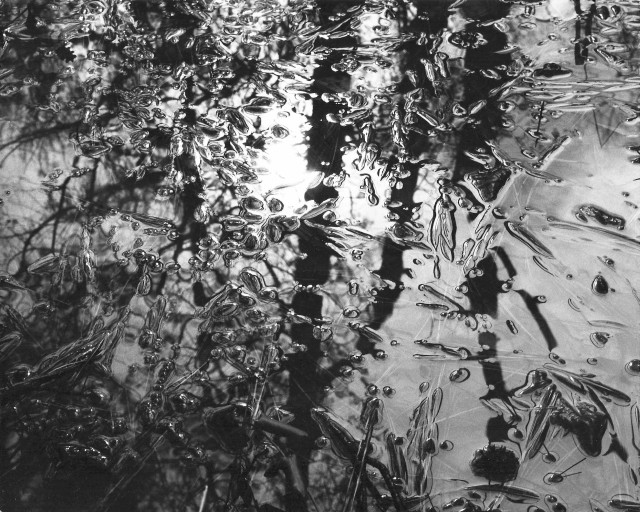
FINDING YOUR ART: PART 4
Private Notes
Private Notes
Notes
FINDING YOUR ART: Part 4
The photo for this article was one of the first ones I shot, just outside my rented cabin near Duke forest in Durham County, North Carolina.
I had always liked photography -- my mother was quite good at it, although she only did it occasionally.
But, like most people at the time, it was considered a secondary art form. After all, how could you dub something a major art that was made with a machine and chemicals?
That was until I came across a copy of the book, "The Family of Man." The book was based on a major exhibit of photographs that had been put together by the Museum of Modern Art. I bought a copy at the museum book store when I was in New York and then one night, back home in North Carolina, I opened it. Eight hours later, as the sun was coming up, I closed the book. I had gone through it several times. The work of every major photographer was included and the range of topics from war to love to work to celebrations was astonishing. I had never seen anything like it. It was so real.
Nevertheless, the idea of being a photographer did not occur to me. It was just another art form that I would now follow. That was until a friend of mine handed me a simple but adjustable camera, one afternoon, and said, "Why don't you take a few pictures." He walked me through setting the focus, the shutter speed, and the aperture and a few tips on framing. After that I moved around the outside of my house, a cabin in the woods, and looked for something abstract, to shoot -- continuing my work with abstract forms. In the process, I knelt down and even lay on the ground before I took a few photos.
But, of course, that was just the start. The same friend showed me how to develop negatives, as paying for processing back then was very expensive and had been one of the major reasons I had avoided photography. Because I had worked with a microscope and made microscopic slides, going through a second process of developing negatives did not bother me.
All of that had been so much fun, I went ahead and bought my own very simple adjustable camera and a developing tank for negatives along with chemicals to go with it. And I bought film in bulk which saved a ton of money. As for prints, I had not really thought about them at that point. I was just having fun and experimenting. I was experiencing a range of activities as my minister in high school had encouraged all of his students to do.
I was not quite sure why, but the mechanics of photography and the math involved such a depth of field, f/stops, focus, shutter speed settings, measuring for the correct exposure based on the light and time of day plus the development times all came easily to me. I realized many years later that my youthful and playful work with microscopes and telescopes had made me familiar with optics and this had transferred easily to photography.
So I took a number of photos and looked at the negatives and then learned how to make contact prints -- which did not require an enlarger but just a light as I pressed the negatives up against printing paper under a sheet of glass. I could look at these prints with a magnifying glass that satisfied me for a while. Next, of course, I had to get an enlarger and somehow I lucked out and was able to borrow one that a friend was not using.
And that is when all hell broke loose.
My make-shift darkroom was a normal room with normal windows but dark at night when I turned off the lights because we were in the woods with no other outside lights around. So from evening until dawn, I could develop prints.
That first night when I exposed the print paper and then saw the enlarged image slowly appearing like a ghost becoming more apparent, I was transported to another world. The white paper floated in the developer and then the faintest hint of an image would appear, only to darken and then become fully realized. It was something out of my dreams or alchemy.
But it did not stop there. The next day when I looked around my house I saw things I wanted to photography everywhere. It was as though this had all been waiting for me, waiting for the right moment for me to realize that this was what I had been looking for.
And my experience with painting meant that I was quite good at framing compositions right from the start. And my experience hitchhiking and being in the Civil Rights movement meant that I had a keen eye for telling moments in fast-moving situations. And my love of Jackson Pollock meant that I would often try to catch an action at the peak so that the photograph would record and convey a sense of time that the camera was very good at capturing.
As I was growing up, my father had told me that I was not visual, I was a writer. Since I did have trouble drawing, I thought he was right. But now it was as though all the scenes I remembered from childhood, pictures that I had saved in my mind, came flooding out, demanding that they be honored in some fashion.
So if there ever was a case of "You don't choose your art, your art chooses you." which was the quote I used at the beginning of the last post in this series, this was it. I had been looking for a hands-on art form that photography certainly was. In fact, what I had not understood initially, was that a photographer has to move in an environment to get the right picture, so it was not just the photograph that was being captured but there was a sense of motion and timing and being in a space that was involved.
Photography at that point became my medium. It was a bit like falling in love. I was in its grip and it would not let go even a little for fifteen years.
Comments
Please login to post comments on this story


















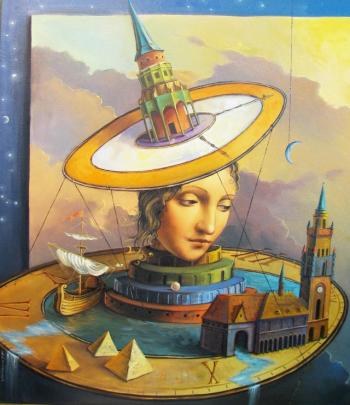
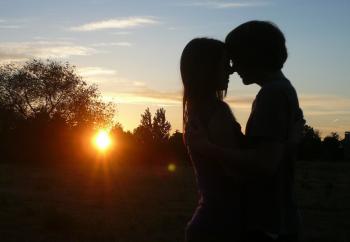
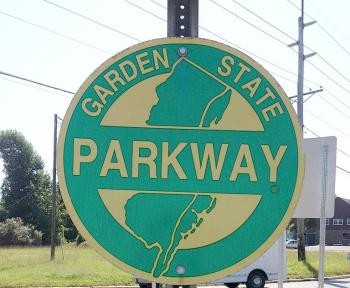
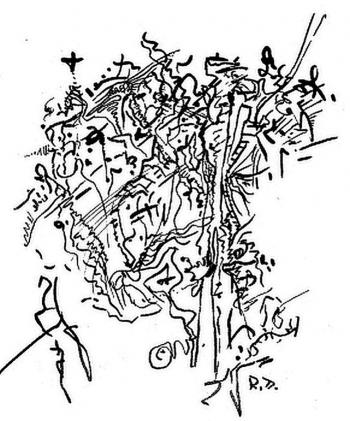
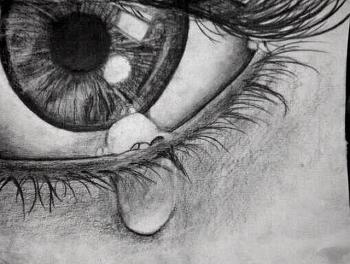
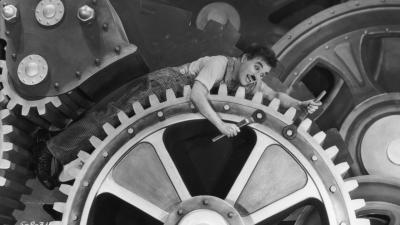
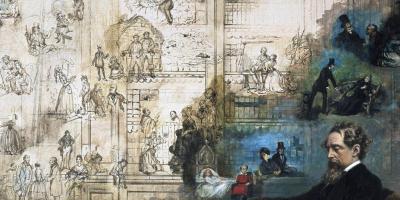
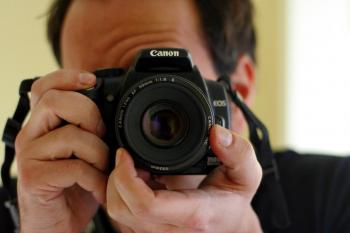
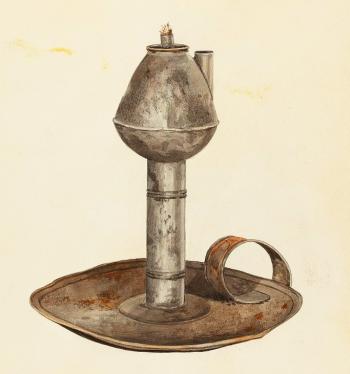

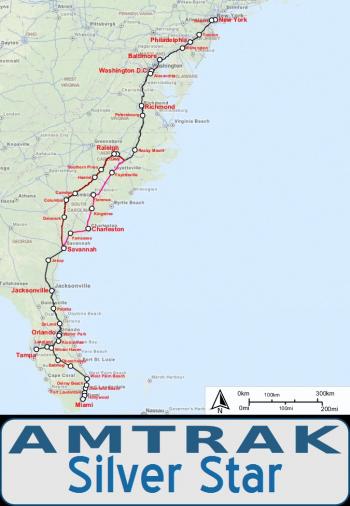
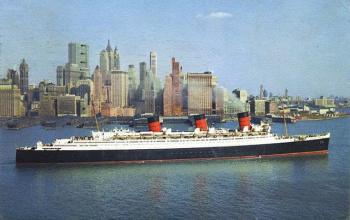
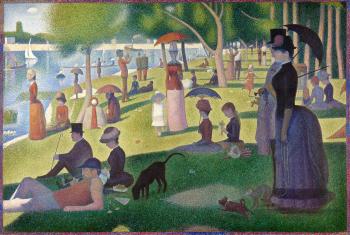
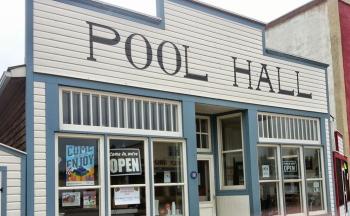
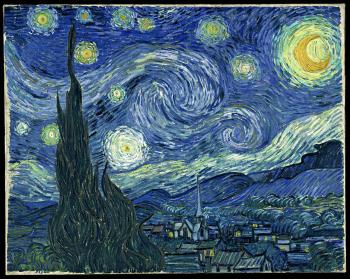
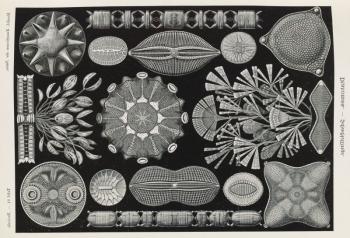
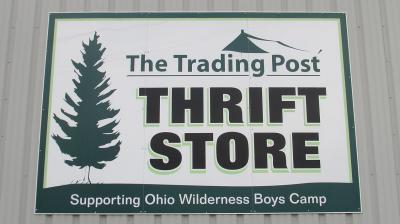
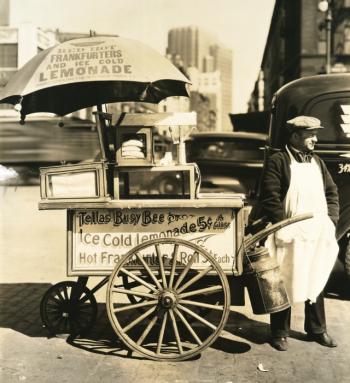
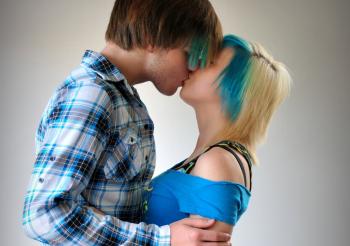
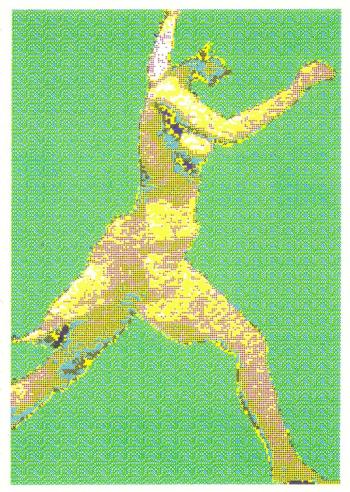
Thanks Ellen -- glad I could get the mood and the search effort across.